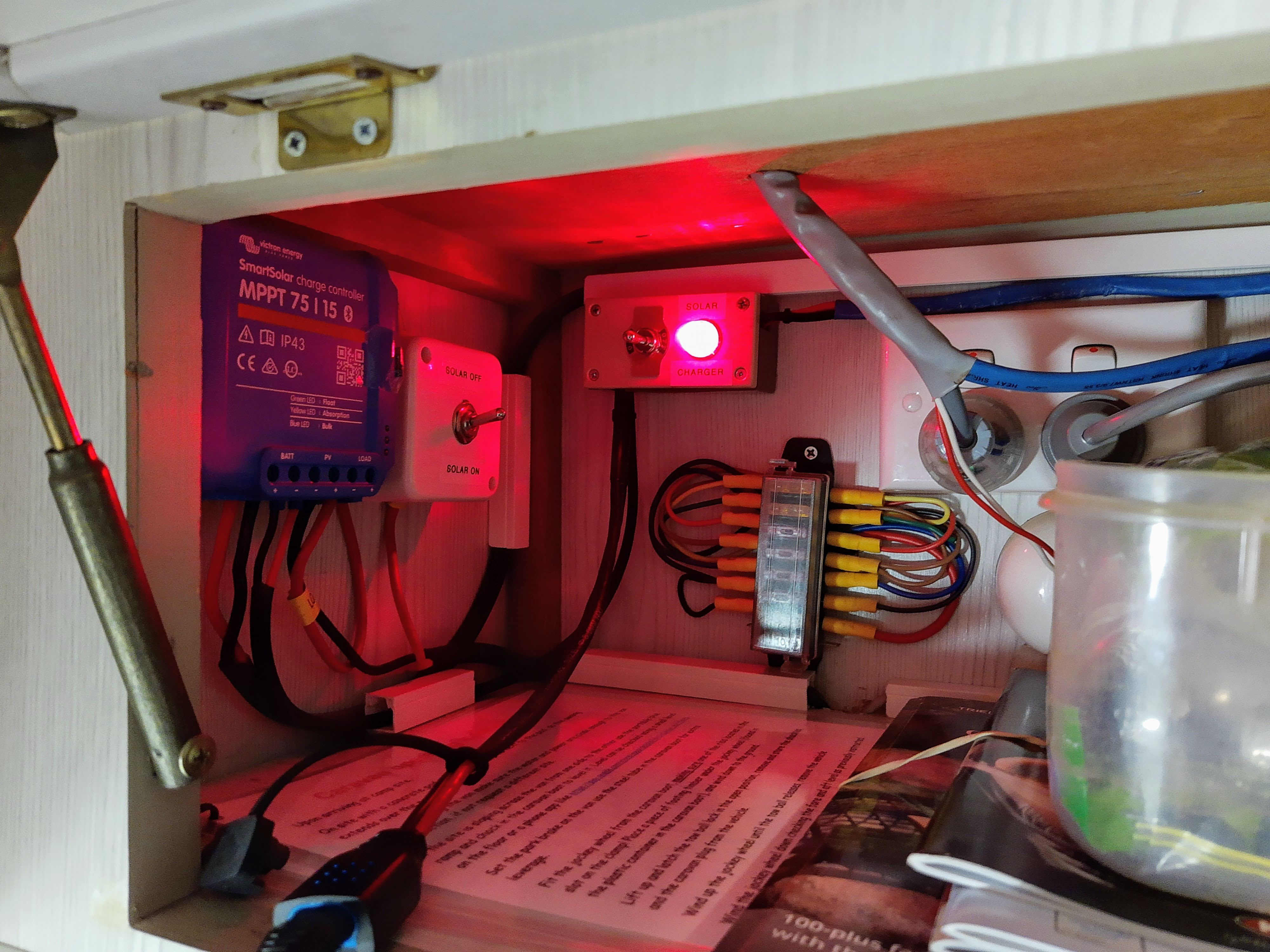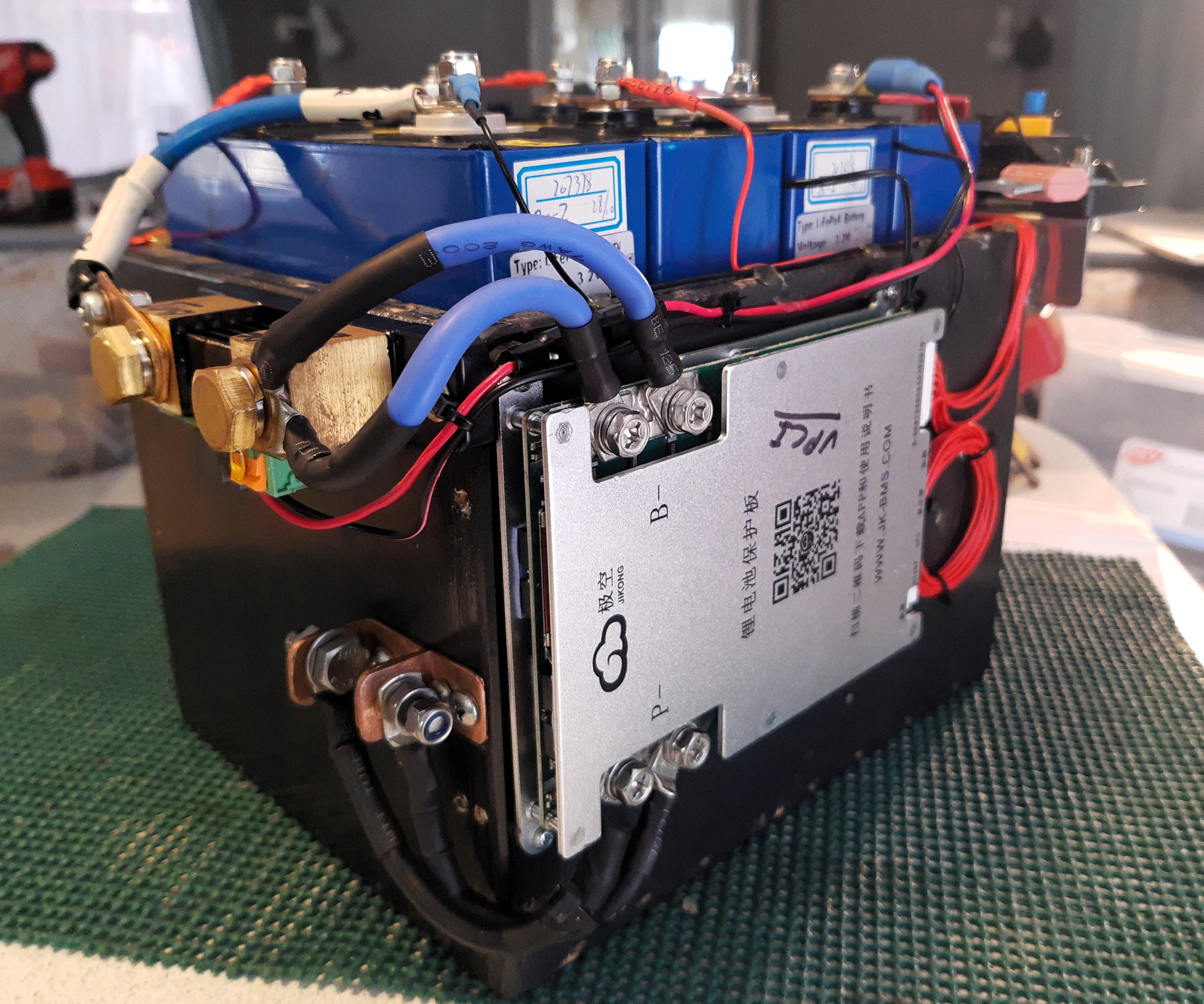So the question has been asked before about charging LiFepo4 batteries with a Victron 15/75 e.g. BlueSmart charger, we all know about the +5V deal, the problem is everybody started blathering on about solar panel voltages, and then locked the comments, and the wasn't the question!
The real issue is Victron say to "Fully charge your batteries at least once a month", fair enough.
The question is how the hell do you do that with a charger if the van is in the shed in storage and there is no solar! The 5V difference means the battery would have to be below LVDC.
I have a changeover switch to go from solar to charger in my system, but it appears to be useless as the charger never kicks in. Am I right or am I right? It seems to me these chargers need a short duration "Trigger" voltage for charging Lithium batteries.
BTW everything works bonza on solar.





